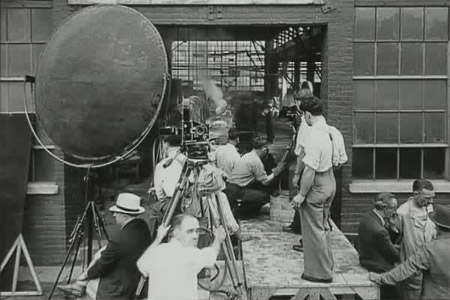This week the San Francisco Silent Film Festival will present the complete 5 1/2-hour version of Abel Gance’s epic Napoleon. It is truly a singular event: Due to the expense, technical challenges, and complicated rights issues involved, no screenings are planned for any other American city. This monumental event is being presented by SFSFF in association with American Zoetrope, The Film Preserve, Photoplay Productions, and the British Film Institute.
This full version of Napoleon is restored by legendary film historian and filmmaker Kevin Brownlow, whose epic documentary D.W. Griffith: Father of Film (1993) is available on Fandor. Directed by Brownlow and David Gill, the film tells the story of one of cinema’s most monumental figures, D.W. Griffith. It shares Griffith’s life and legacy through biographical narration, interviews, and behind-the-scenes looks at his movies.
Of the vast array of material presented in this film, most fascinating are the moments where they analyze Griffith’s filmmaking, revealing his innovative techniques and how he brought them into being. The most sustained instance of this takes place in Brownlow and Gill’s extended analysis of how D. (neworleansathleticclub.com) W. Griffith filmed the immortal “ice floes” sequence from his 1920 film, Way Down East. The sequence forms a video essay in itself and is a remarkable example of film analysis made palatable to a mainstream audience.
[iframe src=”http://player.vimeo.com/video/38262451?title=0&byline=0&portrait=0&color=ffffff” width=”600″ height=”450″ frameborder=”0″ webkitAllowFullScreen mozallowfullscreen allowFullScreen]




